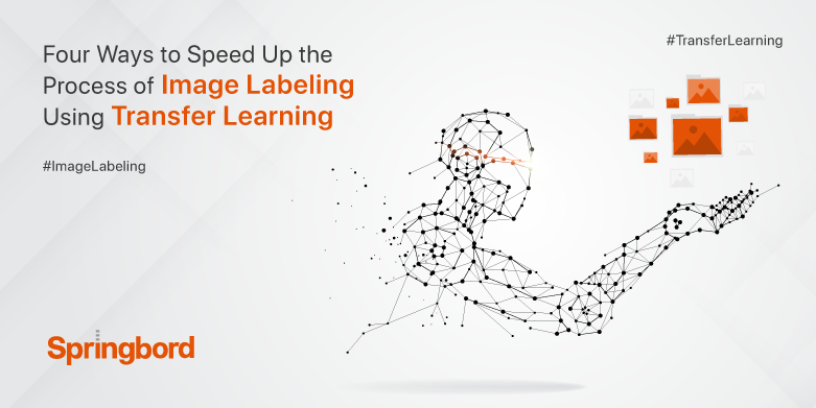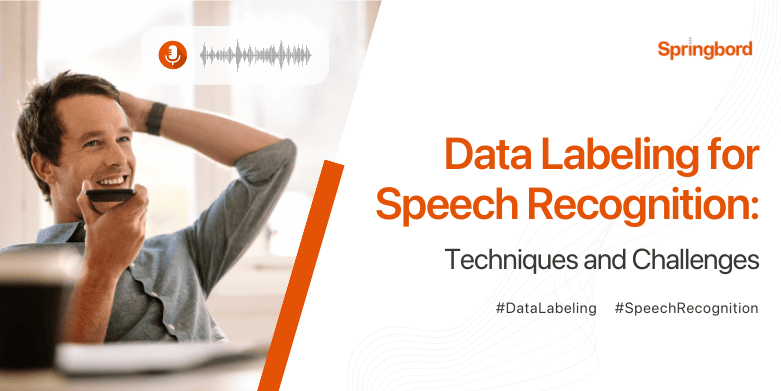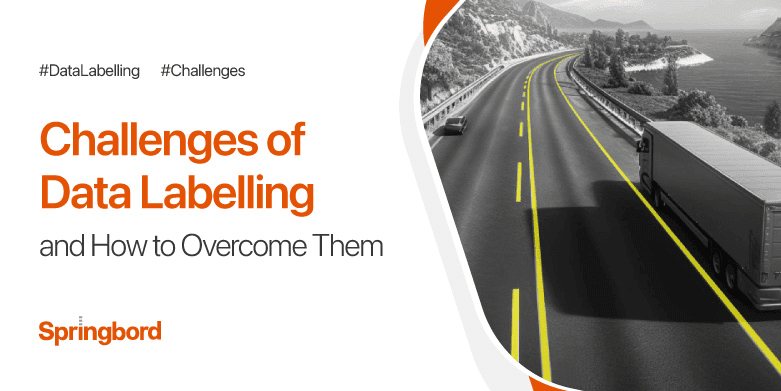 Read time 3 min
Read time 3 minTransfer learning (TL) is a method in machine learning. It involves reusing “knowledge” that a model has acquired while being trained to address a specific problem (A) to address a second, similar problem (B). The ability to use experience to address new problems is innate to the human condition. When applied to deep learning, transfer learning attempts to address the same issue.
The two main categories of transfer learning are
Effective knowledge transmission
Improving present learning regarding experience. It’s also used to describe instances where models incorporate previously acquired information to better the outcome of fresh assignments.
Reduced learning retention
When training models for tasks, it is common for undesirable outcomes to occur. The transfer of knowledge from sources that are not directly relevant to the job at hand.
Now that we know what transfer learning is, let’s see the ways it helps during the image labeling process. Data labeling takes many forms. One of which is image labeling, which is the process of identifying and tagging various aspects of an image.
Image labeling types
The detection of objects – It’s a tool in the field of computer vision used for finding and naming things in digital photos and movies. It can recognize a specific object in a picture or video.
Classification
The process of identifying and labeling an object in a picture is called classification. That is to say, determining which kind of things exist in a picture or video.
Identifying and separating related concepts (semantic segmentation)
It’s the action of assigning a name or description to each pixel in an image.
Ways for speedy image labeling
Labeling images is an essential step in many computer vision systems. Some ways in which computer vision systems assign labels to pictures are listed below. While autonomous labeling is the ultimate goal of machine learning algorithms, a sizable dataset of already-labeled images is required for model training.
Classification
To automatically categorize photos into one of several labels, image classification algorithms take images as input (also known as classes). Images of automobiles might be categorized by an algorithm into categories like “car,” “train,” and “ship.”
Localization
It looks for the thing that stands out the most in a picture or clip. Typically, it will be centred inside a square or rectangular bounding box. The system quickly pinpoints the exact location of an object in a picture.
D-CNN
The image’s Red, Green, and Blue components are all handled simultaneously by deep convolutional neural networks. It reduces the number of synthetic neurons needed for picture analysis. The classifications they acquire and focus on are visual ones. The mathematical process of convolution is used.
MAIA
As a first step, interesting elements in an image are automatically detected on the premise that they stand out more against a bland backdrop. These novel things serve as training suggestions that are then observed and filtered to retain only the most intriguing. They are then utilized for the training of machines to perform automated detection of predetermined objects. The second round of filtering is performed by hand to isolate the most intriguing things.
The Usefulness of Image Labeling in Transfer Learning
The outcomes are quite close to those achieved with human effort alone. After the models have been trained, they are put to use in the process of teaching computers new tricks. Visual representations or information about the objects’ materials are also provided.
Examples of Transfer Learning with Image Labeling
Diagnosing Illness Using Imaging Technology
X-ray images are a prime example of how medical imaging has been put to use for diagnosis. It has also been put to use in the identification of tissue. It’s high time that medical imaging made use of convolutional neural networks (CNN). This is also used in the detection of luminous models in lung cancer patients and lung segmentation. Tumours and malignancies manifest as nodules. To detect them, medical imaging is helpful.
Conclusion
Many computer vision engineers and annotation service providers depend on being able to automate the labeling process. Using transfer learning with Springbord to initiate the automation procedure and also to train and annotate large batches of images to increase annotation quality to achieve continuous accuracy improvements. Image annotation services provided by Springbord aid in categorizing entities according to various criteria. Springbord’s in-house knowledge can be leveraged to expedite visualization without increasing costs to the user. For a fraction of the time, it takes the competition. You can make use of our annotation services to decipher complex imagery that is tailored to a specific audience.






